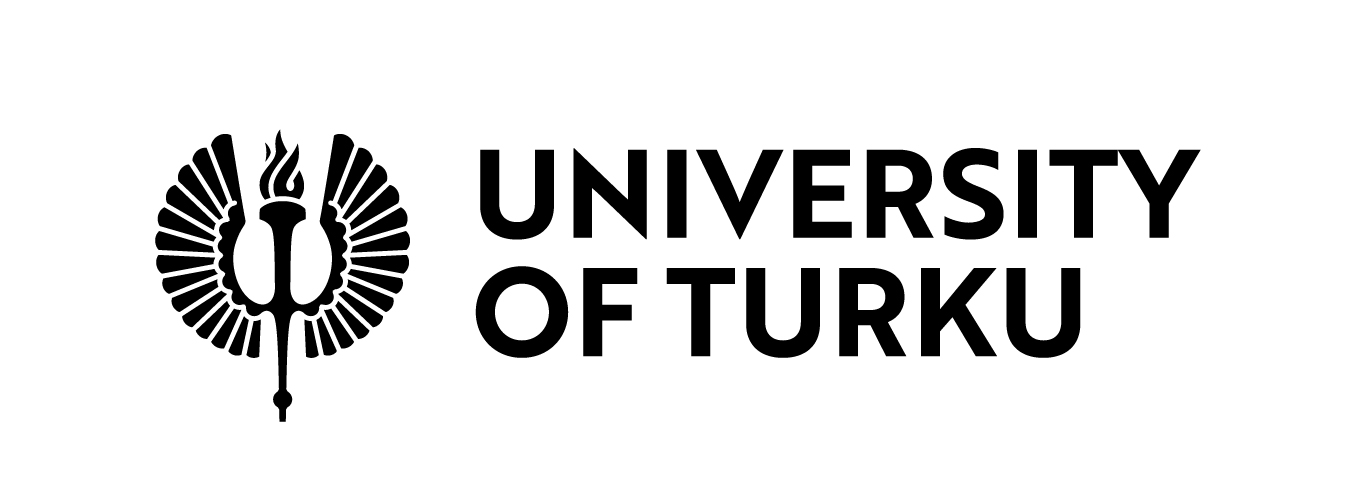Following fields are empty!
Langmuir
Langmuir focuses on the science and engineering of systems and materials in which the interface dominates structure and function. Manuscript submissions on the rational design of interfaces, including new applied and fundamental concepts in emerging areas, are welcome.
The following topics are examples within the scope of Langmuir:
- Polymer interfaces and films
- Adsorption, wetting, adhesion, and dynamics
- Membranes and biofouling
- Surfactants, emulsions, microemulsions, vesicles, suspensions, foams, and gels
- Fundamental theory and computations of interfacial properties
- Droplets and their dynamics
- Active and adaptive colloids and nanoparticles, self-assembly
- Drug delivery, nanomedicine, carriers, targeting, uptake and controlled release
- Advances in surface/interface characterization techniques
- MOFs, COFs, zeolites, and other porous materials
- Sensors and biosensors
- Rheology, mechanics, and non-equilibrium thermodynamics
- Van der Waals materials (1D, 2D, 3D and layered)
- Interfaces for sustainability and energy
- Electrochemistry, heterogeneous catalysis, photocatalysis
- Single molecule, single atom catalysts and particle dynamics under confinement
Reviewers of Langmuir manuscripts will be asked the following questions.
- Does the manuscript report original and significant findings in interface science and engineering?
- Are the claims adequately supported with appropriate data, control experiments, and statistics?
- What are the strengths and weaknesses of the work?
Laser Physics
Laser Physics offers a comprehensive view of theoretical and experimental laser research and applications. Articles cover every aspect of modern laser physics and quantum electronics, emphasizing physical effects in various media (solid, gaseous, liquid) leading to the generation of laser radiation; peculiarities of propagation of laser radiation; problems involving impact of laser radiation on various substances and the emerging physical effects, including coherent ones; the applied use of lasers and laser spectroscopy; the processing and storage of information; and more.
Laser Therapy
Laser and Optoelectronics Progress
Laser and Particle Beams is an international journal which deals with basic physics issues of intense laser and particle beams, and the interaction of these beams with matter. Research on pulse power technology associated with beam generation is also of strong interest. Subjects covered include the physics of high energy densities; non-LTE phenomena; hot dense matter and related atomic, plasma and hydrodynamic physics and astrophysics; intense sources of coherent radiation; high current particle accelerators; beam-wave interaction; and pulsed power technology.
Lasers in Engineering
Lasers in Engineering publishes research articles, reviews, short communications and letters on all aspects relating to the applications of lasers in the many different branches of engineering and related disciplines. The journal covers the use of lasers in sensors or measuring and mapping devices, as integral 1 parts of production assemblies, within the fields of biotechnology and bioenginerring, in micro- and nano-fabrication, as well as materials aspects of processes such as welding, cutting, drilling, cladding and surface treatment. The journal presents a balanced account of future developments, fundamental aspects, e.g. solidification or modelling and industrial innovations. Modern technology has a vitally important role to play in meeting the increasingly stringent demands made on material and production systems. The journal provides a readily accessible medium for the rapid reporting of advances in these technologies.
Lasers in Manufacturing and Materials Processing
Lasers in Medical Science
Lasers in Medical Science has established itself as the leading international journal in the rapidly expanding field of medical applications of lasers and light. It provides a forum for the publication of papers on the technical, experimental and clinical aspects of the use of medical lasers, including lasers in surgery, endoscopy, angioplasty, hyperthermia of tumours, and photodynamic therapy.In addition, the journal publishes articles on the medical application of new lasers, light delivery systems, sensors to monitor laser effects, basic laser-tissue interactions and the modelling of laser-tissue interactions. The journal also presents articles relating to the use of non-laser light-tissue interactions.  Â
Latvian Journal of Physics and Technical Sciences
Learning, Media and Technology
Learning and social software: researching the realities | listen to the recording | read the transcript of the recordingAccess to selected top articles from Educational Media & Technology JournalsLearning, Media and Technology is an international, peer-reviewed journal that aims to stimulate debate on the interaction of innovations in educational theory, practices, media and educational technologies. Media and technologies are interpreted in the broadest sense, to encompass digital broadcasting, the internet and online resources, and other new and emerging formats, as well as the traditional media of print, broadcast television and radio.We invite submissions which build on contemporary debates such as:How new learning opportunities are facilitated through learners engagement in the production of media and in authoring processes previously only available to professionals.How educational practices in local, national and global contexts are being transformed by technical developments and innovative practices such as converging media or new ways of working with technology.The implications for formal education of the increasingly widespread use of media and technology in homes and communities.How Web 2.0 developments are supporting learning and/or teaching in a range of contexts.How individuals and communities are personalising their engagement with media, technology and others.How media and technologies are changing views of knowledge, learning and pedagogy, and raising questions about authorship and ownership. The Editors encourage critical and comparative analyses including paradigms and methodologies that cross disciplinary and cultural boundaries. We are open to a range of submission types such as literature reviews, policy critiques and empirical studies. Contributions are welcome from a wide range of educators and practitioners, including academics, students, teacher educators, policy makers, media professionals, librarians and teachers from all sectors. Suggestions for themed special issues and guest editors are most welcome.Peer Review Policy:All research articles in this journal have undergone rigorous peer review, based on initial editor screening and anonymized refereeing by at least two anonymous referees.Disclaimer for Scientific, Technical and Social Science publications:Taylor and Francis makes every effort to ensure the accuracy of all the information (the "Content") contained in its publications. However, Taylor and Francis and its agents and licensors make no representations or warranties whatsoever of the accuracy, completeness or suitability for any purpose of the Content and disclaim all such representations and warranties whether express or implied to the maximum extent by law. Any views expressed in this publication are the views of the authors and are not the views of Taylor and Francis.
Leather and Footwear Journal
Lecture Notes in Business Information Processing
Leonardo
Leonardo, founded in 1968, has become an international channel of communication for artists who use science and developing technologies in their work. With emphasis on the artists' writings, Leonardo is the leading international journal for readers interested in the application of contemporary science and technology in their work. The companion annual journal, Leonardo Music Journal (LMJ) features the latest in music, multimedia art, sound science and technology.
Leonardo Music Journal
Leonardo Music Journal (LMJ) is the annual companion journal to Leonardo. LMJ is devoted to aesthetic and technical issues in contemporary music and the sonic arts. Each thematic issue features artists and writers from around the world, representing a wide range of stylistic viewpoints. Recent issues have covered improvisation, musical communities, live performance in the digital age, and the politics of sound art. Each volume includes the latest offering from the LMJ audio series—an exciting sampling of works chosen by a guest curator and accompanied by notes from the composers and performers. Institutional subscribers to Leonardo receive LMJ as part of a yearly subscription. Individuals may subscribe to LMJ alone or as part of their subscription to Leonardo.
LMJ is a peer-reviewed journal.
Light Metal Age
Light and Engineering
Lighting Design and Application: LD and A
Lighting Research and Technology
Lighting Research & Technology is the leading international peer reviewed journal that publishes the highest quality original research on the subject of light and lighting and is published in association with The Society of Light and Lighting, which is part of the Chartered Institution of Building Services Engineers.Lighting Research & Technology publishes papers by authors from around the world on all aspects of the subject of light and lighting. These range from the human response to light to all aspects of the science of light generation, light control and measurement. It also covers all aspects of lighting design including equipment for both interior and exterior environments, as well as daylighting, energy efficiency and sustainability.The journal is published quarterly with around 20 papers published each year. All papers are peer reviewed and usually include a discussion contribution with a reply from the author.The journal has been published continuously for almost forty years. It is recommended by the CIE, International Commission on Illumination, and has recently been accepted for inclusion into the ISI Science Certification Index Expanded. Both of these awards indicate the quality and authority of the journal.The Editorial Board is keen to consider works dealing with research studies, in-depth reviews, case-studies describing innovative design and discussion papers concerned with all aspects of light and lighting and its related topics. The overall aim is to help improve our knowledge of the subject and hence the quality of the lit environment.Lighting Research & Technology is essential reading for everyone involved with the subject of light and lighting from the new student to the experienced practitioner, from the university academic to the industry technologist as well as specialist designers.

